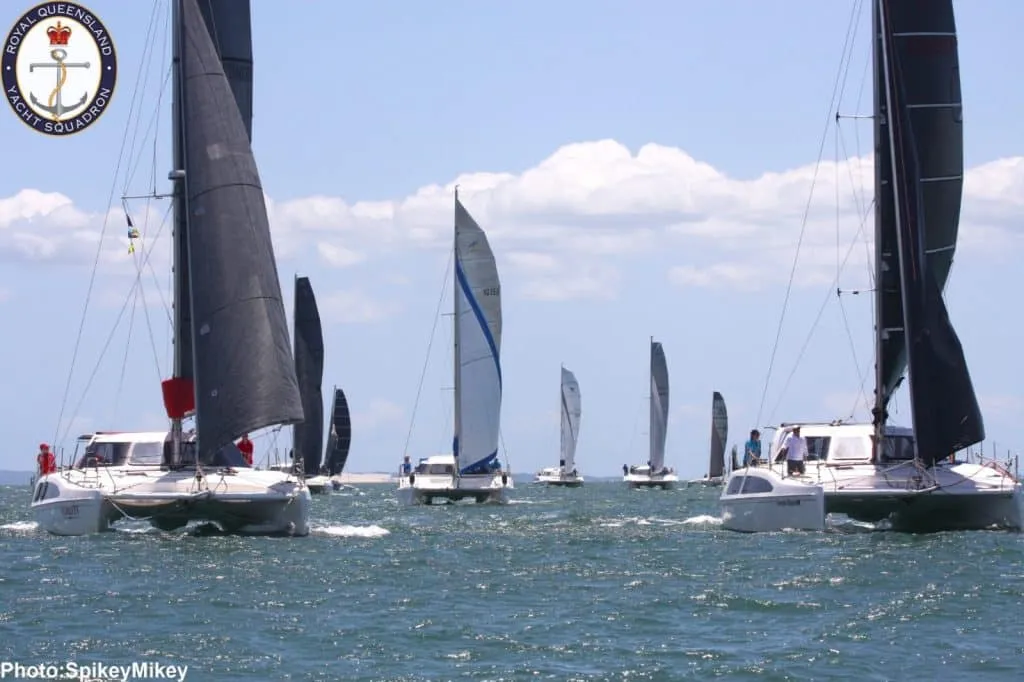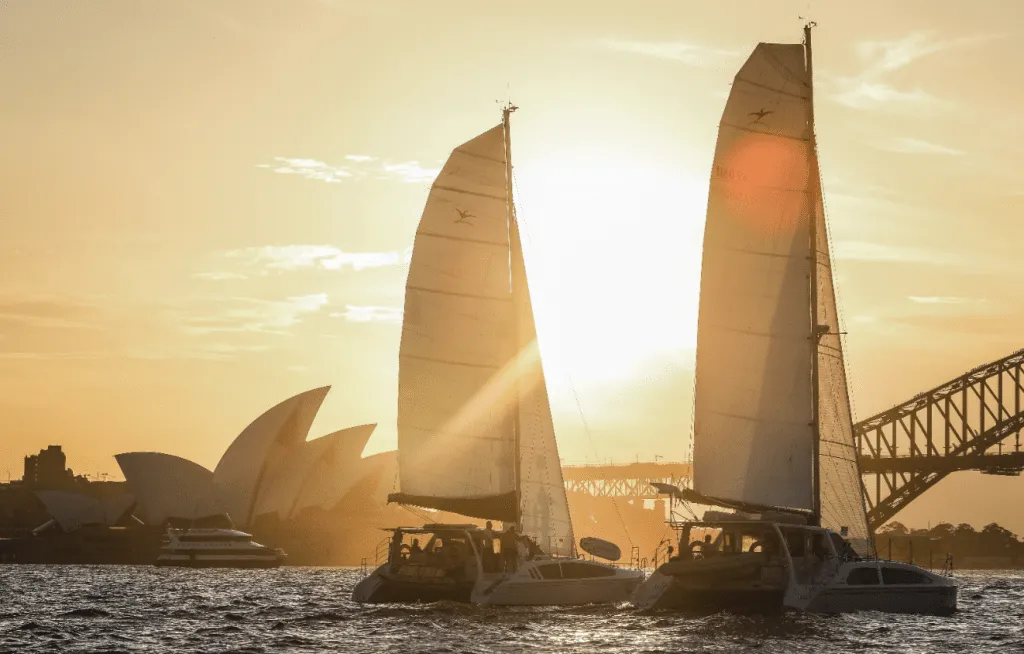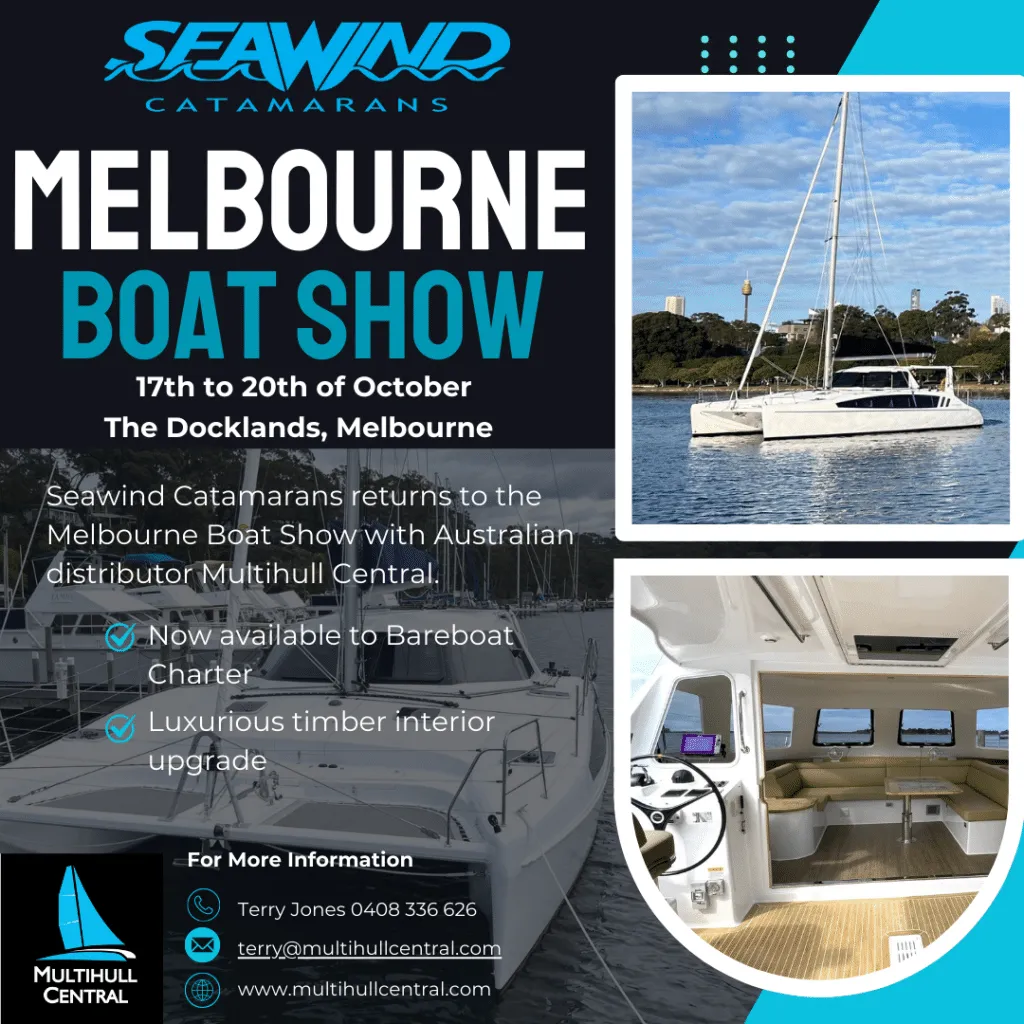News & Updates
AVAILABLE FOR IMMEDIATE RELEASE…
Sydney, Australia – 24 October 2024
Multihull Central, distributors for Seawind Catamarans and Corsair Marine are pleased to announce a new format cruising rally for boat owners and crew to explore Moreton Bay and in support of charity Sailability.
AVAILABLE FOR IMMEDIATE RELEASE…
Sydney, Australia – 16 October 2024
Multihull Central are excited to announce an all-new Regatta on Sydney Harbour dedicated to Multihulls, with an offer extended to all cruising and racing catamarans and trimarans with accommodation, including owners of Seawind, Corsair and all other brands who would like to enjoy racing on the world’s greatest harbour.
AVAILABLE FOR IMMEDIATE RELEASE…
Sydney, Australia – 25 September 2024
Seawind Catamarans returns to the Melbourne Boat Show with Australian distributor Multihull Central, showing a brand new Seawind 1160 Lite catamaran now available to bareboat charter with Riviera Nautic on the Gippsland Lakes.



